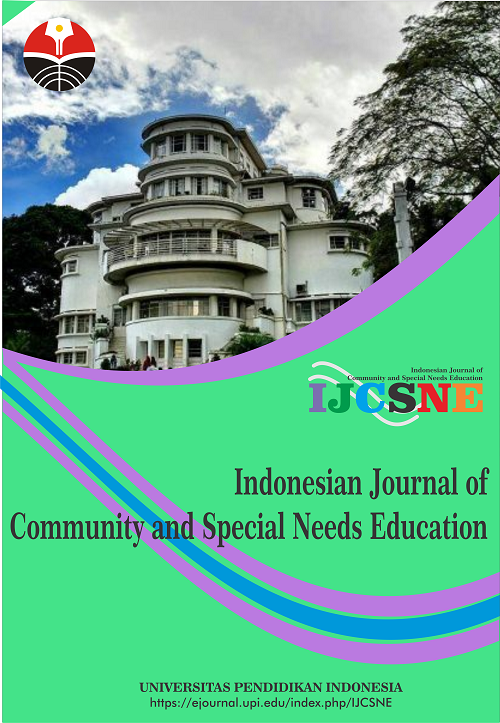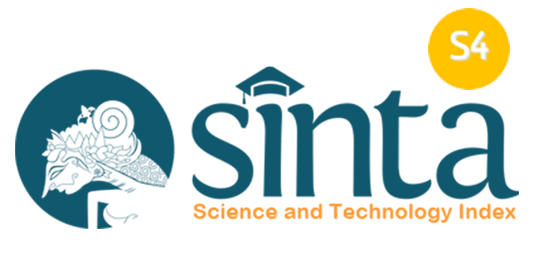Anti-Bullying Act of 2013 and Holistic Development of Secondary Students in term of Emotional Development, Mental Development, and Social Development
Abstract
Keywords
Full Text:
PDFReferences
Hellström, L., Thornberg, R., and Espelage, D. L. (2021). Definitions of bullying. The Wiley Blackwell handbook of bullying: A comprehensive and international review of research and intervention, 1, 2-21.
Lapada, R. O., and Lapada, E. S. (2021). Students’ experiences, reactions and opinions on bullying at Esperanza national high school, Esperanza, Sultan Kudarat, Region XII, Philippines. Randwick International of Education and Linguistics Science Journal, 2(2), 170-181.
Olweus, D. (2010). Bullying in schools: Facts and intervention. Kriminalistik, 64(6), 351-61.
Rettew, D. C., and Palowski, S. (2016). Bullying, Child and Adolescent Psychiatric Clinics, 25(2), 235-242.
Rigby, K., and Smith, P. K. (2011). Is school bullying really on the rise?. Social Psychology of Education, 14, 441-455.
Sunga, M. S. R. (2018). Implementation of cybercrime law in the provision of cyberbullying in the selected higher education institutions (HEIs) in Pangasinan. Asian Journal of Business and Technology Studies, 1(2), 56-64.
Vieno, A., Gini, G., and Santinello, M. (2011). Different forms of bullying and their association to smoking and drinking behavior in Italian adolescents. Journal of school health, 81(7), 393-399.
DOI: https://doi.org/10.17509/ijcsne.v4i1.64936
Refbacks
- There are currently no refbacks.
Copyright (c) 2023 Universitas Pendidikan Indonesia

This work is licensed under a Creative Commons Attribution-ShareAlike 4.0 International License.















